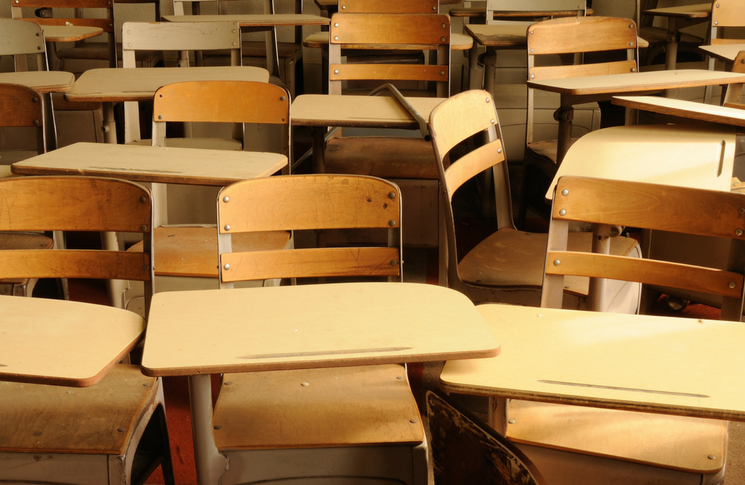by Eileen Wedegartner, Blended Learning SPECIALIST
Go into any classroom in any town and you’ll immediately get a taste of the teacher who presides there. You’ll see some of the latest research in education, famous quotations, pictures of important persons, findings in the teacher’s field of study. You’ll see school mission statements, school protocols, emergency evacuation procedures, teacher expectations and student work.
When you visit many classrooms in many schools, you taste a wide variety of flavors in room décor. It is always refreshing to see how much love, effort, and care goes into the assembly of each classroom. The teacher expectations, quotes and posters establish the culture of the classroom. The student work reveals glimpses into the lives of the students– their priorities, hopes and culture.
In a classroom I visited recently, I was struck by the list of teacher expectations, in particular the first one.
1. Be Present
The simplicity and clarity grabbed me. It was so simple and obvious it seemed unnecessary. But during the class session, students slunk in late while others did not make it at all. The empty seats spoke volumes. It reminded me that the obvious and simple is not possible for many students for any number of personal, family or societal reasons.
If 80% of success is showing up, what happens when showing up is not possible?
Often, students cannot be present because of other demands on their lives. Educators are familiar with Glasser’s Choice Theory which holds that while students may know they need to be in school to meet the ”Fun/Learning” part of their basic needs, there may be other needs that conflict with this one. Needs of survival, love, power and freedom may override a student’s ability to be present in the classroom.
Of course, “Being Present” goes beyond just placing a warm body in the seat. It implies being mentally present and ready to learn. But physical presence is the necessary precondition for any further consideration of readiness to learn.
One of Glasser’s most powerful claims is that we cannot change anyone else’s behavior; we can only change our own. As an educator who works with other educators to engage students in learning, I am always seeking ways to help students be present mentally so that learning can occur.
Since “Choice Theory” was published in 1998, at the beginning of the Internet boom, the world has changed rapidly around us. In education we have seen self-directed study develop into online courses and complete virtual high schools.
At JFYNet, we work with high schools to implement blended learning models that help students prepare for the rigor of college- level reading and math. Since our work is supplemental to regular classes, students can utilize our programs to supplement and compensate for absences due to child care, work, health and other issues.
Being present is still number one on any teacher’s list of priorities. But online learning can be a form of presence that makes up for lost class time and keeps momentum moving toward graduation, higher education and careers. Presence is a gift, but participation is power.





